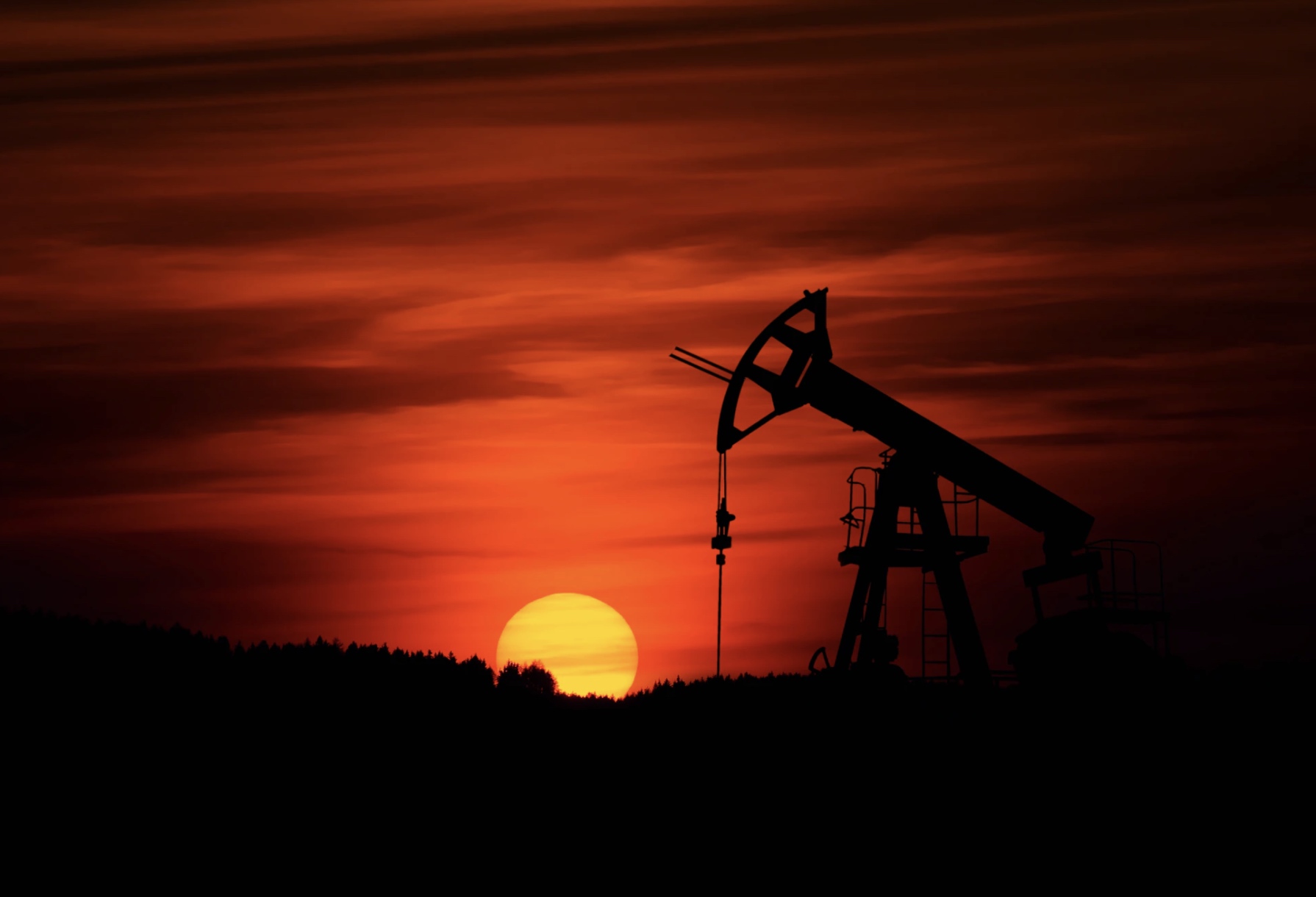By Jonathan Thompson WRITERS ON THE RANGE

In early January—which seems like a lifetime ago in the age of COVID-19—President Donald J. Trump crowed about the United States’ new status as a net-exporter of petroleum. He claimed that the robust American oil industry, freed from the shackles of environmental regulations, had achieved energy dominance and thus liberated the nation from the yoke of Middle Eastern crude.
Just weeks later the novel coronavirus would lay waste to oil markets, forcing Trump to beg Saudi Arabia to step in and save this nation’s beleaguered oil industry. Energy independence, it turns out, was an illusion, and the so-called shale revolution was built upon a shaky foundation that was poised to collapse even before the pandemic ravaged the globe.
In the aftermath of the Great Recession, the Federal Reserve dropped interest rates to near zero and otherwise encouraged investment in high-risk ventures. That opened up a gusher of easy credit for, among other enterprises, oil and gas companies looking to drill shale formations that new drilling techniques had made accessible.
Companies dove into debt to finance thousands of new, multi-million-dollar “fracked” wells, sparking a drilling boom of unprecedented scale that lasted from 2009-2014, busted, and then came back in a limited way in recent years.
Each new well was, initially, like a fountain of cash. Oil prices were at an all-time high, and during the first weeks of an oil well’s life it kicks out hundreds of barrels per day. The good times, however, were fleeting. Shale wells have a particularly steep decline curve, meaning that after that first surge of oil—call it the first-month buzz—its production decreases by as much as 10 percent per month. So in order to keep the oil and money flowing, companies have to drill more and more wells, which requires them to go deeper into debt, which requires them to sell more oil, and so on, until, at last, the whole scheme collapses under its own weight.
Cracks began to appear in the hydrocarbon bubble years ago and in the months prior to the arrival of the coronavirus a breakdown appeared imminent. Investors, tired of shoveling money into an industry without seeing much return, tightened their purse strings, drying up the only real cash flow many companies had.
Last year 42 debt-saddled oil and gas companies filed for bankruptcy. Haynes and Boone, a law firm that monitors energy sector bankruptcies, predicted even greater casualties this year, even if oil prices stayed above $50 per barrel. They did not, crashing to below $20 this spring and then dropping into negative territory—meaning sellers had to pay to get the oil off their hands—on April 20.
The effects have been devastating. During the first three months of 2020, seven oil companies went bankrupt, including Denver-based fracker Whiting Petroleum, which laid off one-third of its workforce last July and reported $5.9 billion in debt.
The number of active rigs is falling fast. Minus new wells and their first-month buzz, production from oil fields—even the booming Permian gas field—will soon start dropping, killing the energy-independence delusion, at least for now.
Finally, it seems, the foolhardy CEOs are getting their comeuppance, the reduction in flying and driving is keeping millions of tons of greenhouse gases out of the atmosphere, and the idling of drill rigs will give ravaged landscapes and communities in the oil patch a chance to rest and heal.
Yet the pain will ripple outward as thousands of oil-field workers lose their jobs, adding to the 22 million who have filed new unemployment claims in recent weeks.
States like New Mexico, Wyoming, and Colorado—which derives $1 billion annually from oil and gas revenue—will watch billions of dollars of projected revenue evaporate, gutting future budgets.
Bankrupt oil companies will orphan thousands of marginally producing oil and gas wells, leaving them to the taxpayers to clean up. Meanwhile, the Trump administration eliminates even more protections on the environment and human health.
Oh, and those oil company executives that dragged us into this mess in the first place? They’re getting a windfall. Just days before it filed for bankruptcy, Whiting Petroleum approved a $6.4 million bonus for CEO Brad Holly.
Jonathan Thompson is a contributor to Writers on the Range.org, a nonprofit dedicated to spurring lively conversation about the West. He reports on energy and the environment.














